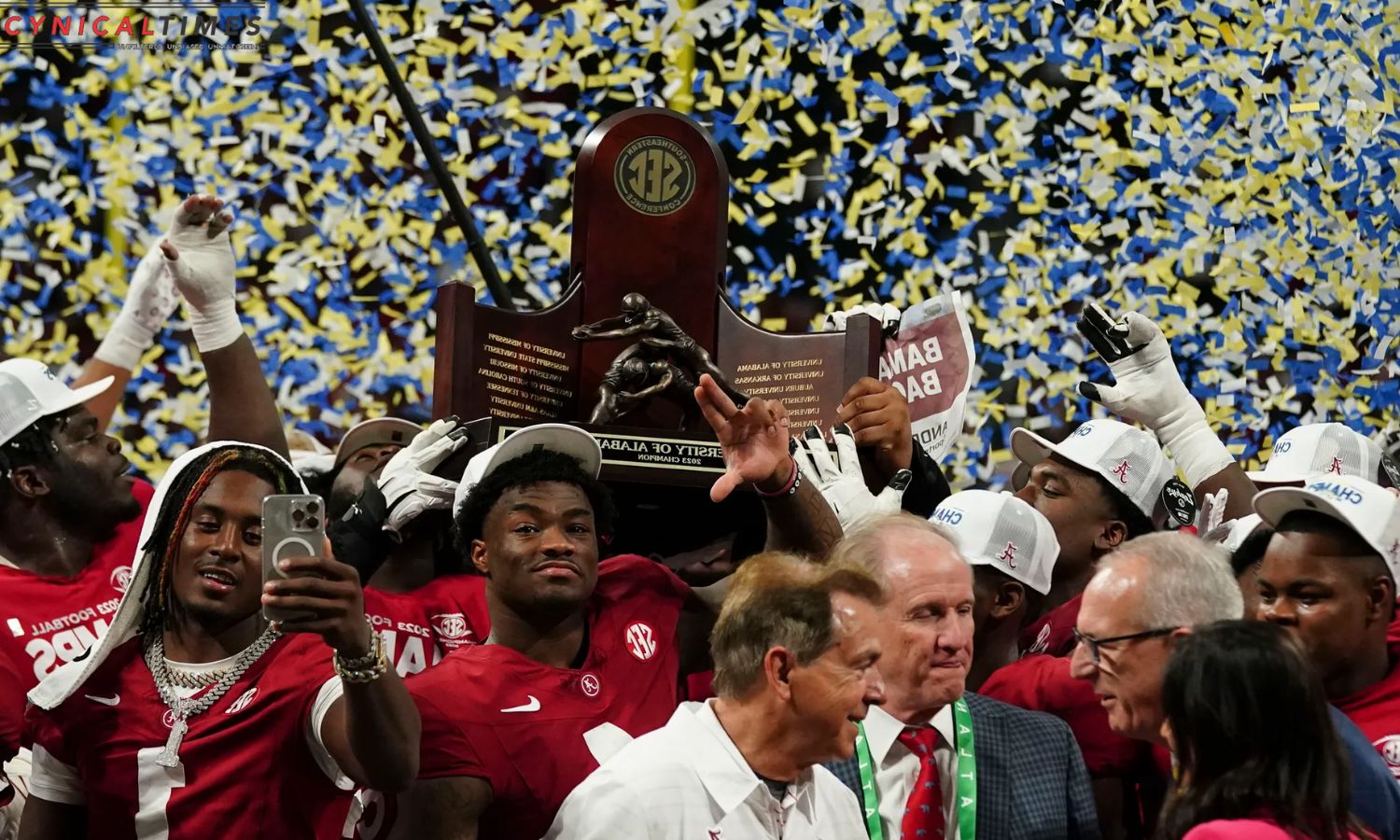NCAA Unveils Bold Plan for Athlete: NCAA President Charlie Baker has unveiled a revolutionary proposal to create a new subdivision within Division I, allowing schools to directly compensate athletes. Departing from traditional practices, Baker’s plan targets the “highest resourced” colleges and universities, emphasizing direct investment in athletes. This includes enabling athletes to profit from their name, image, and likeness (NIL), a significant shift in collegiate sports dynamics.
The proposal marks a crucial step in addressing the existing differences between schools, conferences, and divisions. Baker envisions a more permissive and flexible NCAA that prioritizes student-athletes. The move aligns with the 2021 policy change allowing athletes to benefit from sponsorship opportunities, spurred by a Supreme Court decision permitting education-related payments.
Baker emphasizes the need for increased flexibility both among colleges and universities and within the NCAA itself. Schools joining this new tier would be obligated to invest a minimum of $30,000 annually, within Title IX’s framework, into an enhanced educational trust fund for at least half of their eligible student-athletes.
Additionally, schools in this subdivision would collaborate to establish rules differing from those in the rest of Division I. These rules could cover various aspects, including scholarship commitments, roster sizes, recruitment, transfers, and NIL agreements.
Baker encourages feedback from NCAA members and athletes, highlighting the importance of engaging in a dialogue that considers the diverse needs and perspectives within the collegiate sports landscape. As discussions progress, the NCAA anticipates a transformative shift in athlete compensation and a more equitable future for student-athletes.
Also Read: Swift Cheers and Love Triumph: Celeb Spectacle at Lambeau Showdown
Our Reader’s Queries
What is a nil deal in college sports?
A NIL deal refers to an agreement between a student-athlete and a third party, such as a brand, company or individual. In this arrangement, the student-athlete receives compensation for the use of their name, image and likeness. This compensation can come in various forms, such as endorsements or sponsorships. It is a way for student-athletes to monetize their personal brand and benefit from their athletic abilities.
How do you become a d1 athlete?
To be eligible for NCAA Division 1, you need to complete 16 core courses with pass/fail grades. It’s important to complete 10 of these courses by the beginning of your senior year or seventh semester. Additionally, you must maintain a core course GPA of 2.3 or higher and graduate high school. These requirements ensure that student-athletes are prepared academically for the rigors of college sports.

